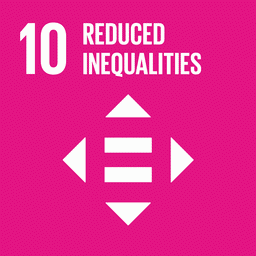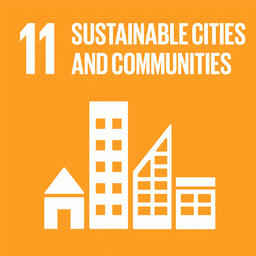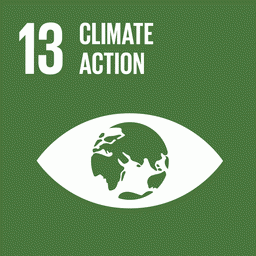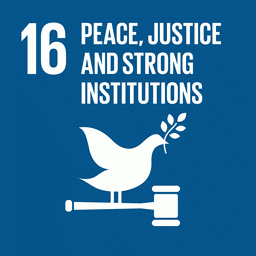Luís Suruí dreamed of seeing his people return to the traditions they had before contact with non-indigenous people, and it was in pursuit of this goal that he created a cultural revival project at the school where he worked. The project gave birth to “Paiter a Soe”, the first museum in the Amazon to be located inside a village, Gambi, on the Sete de Setembro indigenous land in Roraima. Luís recalls the process:
“The history and memory that my father carries with him has always guided me. I saw the wisdom kept by him and my mother and for a long time I wanted to use it to disseminate and value our culture. And then I thought of transforming the space we had built in the school project into a museum,” says the creator of the initiative.
His wife, Alexandra Suruí, who already worked in the indigenous cause as an anthropologist, embarked on this journey and is now the museum’s project coordinator. In order to set it up in 2016, the two of them had to confront land grabbers on the indigenous land. Alexandra says that it was her children who gave her the strength to carry on.
“In the beginning, we were persecuted a lot by the loggers, we couldn’t even walk alone because we received so many threats. At that point I wanted to give up, I didn’t think it was worth putting our lives at risk. But it was right at that time that I got pregnant and we had our first child and I saw that we had to carry on,” explains the anthropologist.
The harm caused by the distancing of the indigenous communities from their traditional culture was evident during the pandemic. Alexandra says that many families had nothing to eat because they couldn’t buy food in the city. Isolation forced them to remain in the territory, and the practice of cultivating crops had been interrupted.
The museum’s cultural valorization actions have traced a path back to the traditions of the Paiter Suruí people: a project to rescue motherhood, for example, has reintroduced practices that reconnect the communities with the forest, such as the making of the sling – a cotton instrument used to carry babies. O
The use of oils and medicines made from nuts, plants and fruits from the forest has reinforced the community’s need to maintain the forest.
Alexandra says that, thanks to the strengthening of Paiter Suruí culture, the communities involved with the museum’s work have now returned to creating their gardens, collecting forest resources and producing handicrafts, which she believes not only contributes to the protection of the Amazon, but also to well-being.

Elder Imakor Paiter in a workshop making a sling, a cotton instrument used to carry babies (Photo: Paiter a Soe Museum Collection)
Ethno-tourism and income for the community
As they report, the problems caused by invasions of indigenous land have diminished, and the ethno-tourism projects implemented at the museum have helped to change this reality. Alexandra explains that the income from these activities goes to 22 families involved in the collective that makes up the museum.
Strengthened by the income and cultural activities, the families have stood up to invaders in the territory, monitoring and denouncing illegal activities. Even mining has been suppressed by the communities with the support of the museum, using drone monitoring.
Communications analyst of IPAM*



